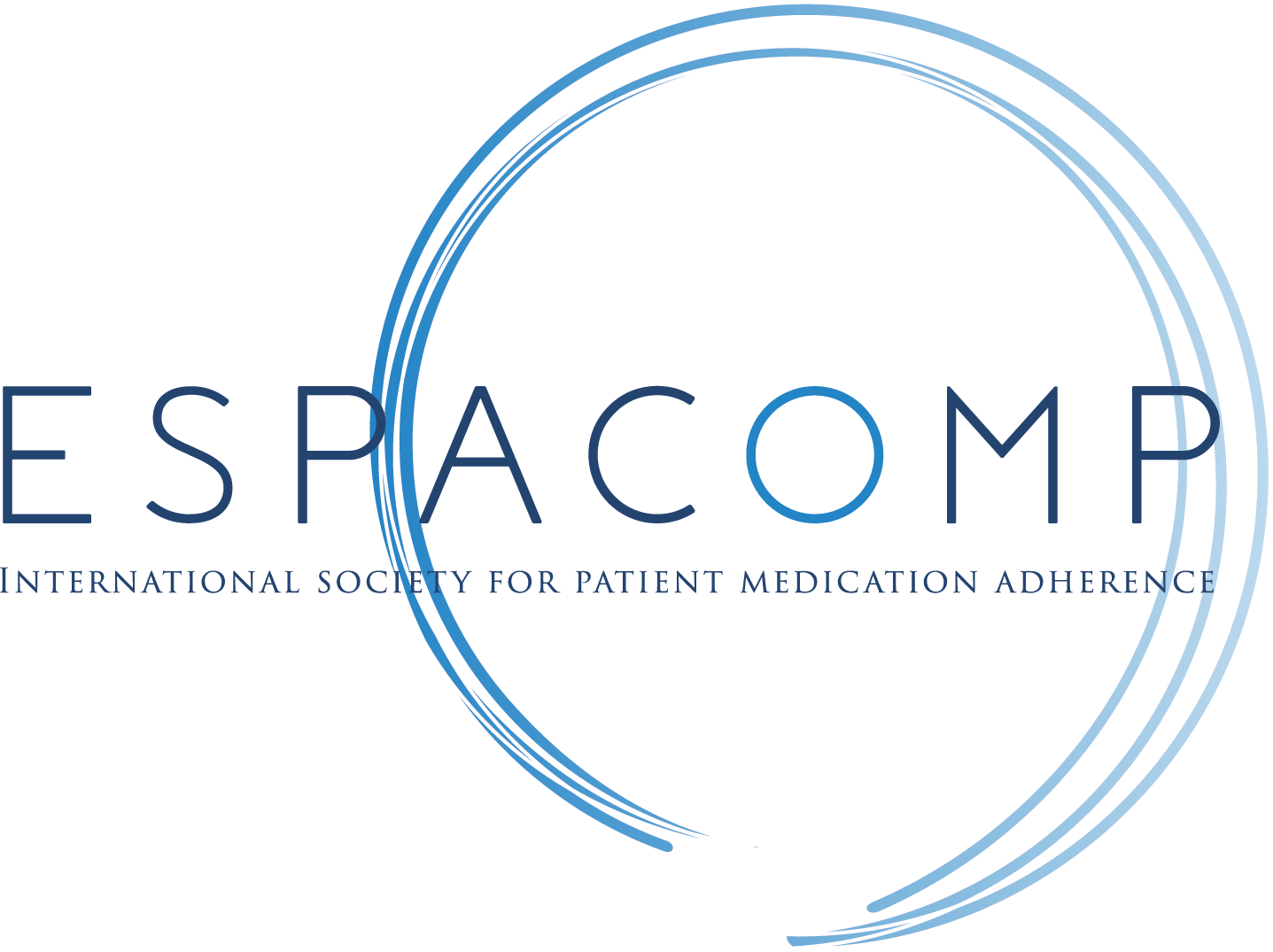Who is … Sabina De Geest
Talking with Sabina De Geest about medication non-adherence. As a nurse, she was trained clinically in heart transplantation at the University of Pittsburgh (US) and the UZ Leuven (Belgium). She is currently a professor in nursing science at the University of Basel in Switzerland (and part-time professor at the KU Leuven in Belgium). De Geest is the Director of the Institute of Nursing Science and holds the chair of the Department of Public Health. She also holds various adjunct professorships (e.g. John Hopkins University).
Having become a Swiss citizen some years ago, she failed the first citizen exam, because she accidentally mixed up the 8.00 a.m. exam time for 8.00 p.m. Thus, she did not demonstrate real ‘Swissness’ in time management. Luckily, she passed anyway afterwards. Baroque opera (e.g. Giulio Cesare by Händel and La Calisto by Cavalli) release endorphins to her. Physical activity is part of her daily life. This includes hiking, and fitness, as well as ‘walks & talks’ at the banks of the river Rhine with colleagues.
What is your connection to ESPACOMP?
In 1996, I presented at the 1st ESPACOMP conference organized by John Urquhart. Over the years, I have seen ESPACOMP evolving from a small group of interested adherence researchers to a professional international organization. ESPACOMP has become a red thread in my career (similar to a ‘Leitmotiv’ in opera). I have skipped only one ESPACOMP conference.
What kind of medications or aspects of medication adherence have you studied?
Initially, I focused on non-adherence to immunosuppressive medications. These medications are prescribed to patients who underwent organ transplantation. We assessed non-adherence by electronic monitoring with a MEMS device. We were among the first to show the impact of non-adherence on acute rejections (as a clinical outcome) in these patients. The unforgiveness of non-adherence was striking. Specifically, we found that a deviation of > 5% from the dosing schedule already increased a patient’s risk of acute rejection. This highlighted the need for managing non-adherence as a behavioral risk factor in this population. Interestingly, many clinicians did not believe non-adherence to immunosuppressive drugs to be an issue at the start of our research.
At first, our studies were focused on the prevalence, determinants and consequences of medication non-adherence. After that, they broadened to interventions aimed at improving adherence, also using eHealth technology. We integrated medication adherence in the Swiss Transplant Cohort Study. In 2008, this study was worldwide the first of its kind. In the BRIGHT study, we have explored multilevel risk factors (i.e. patient, health care provider, transplant center and health care system factors) in 36 heart transplant centers in 11 countries from 4 continents. This study demonstrated that beyond patient factors, higher level system factors should also be tackled to improve medication adherence (e.g. practice patterns of transplant centers in view of support for self-management and costs of immunosuppressive drugs).
Let’s reflect on what caused you to study adherence?
While working as a nurse at the UZ Leuven heart transplant unit, I observed patients being treated for acute rejection after they stopped taking their immunosuppressive drugs. This triggered my interest in the field of medication adherence. How big was this issue? Why didn’t patients take their drugs ? What were the consequences of their noncompliance?
What do you think has been the most important finding or development regarding understanding medication adherence in the last decade?
The acknowledgement that non-adherence is a public health problem. This is because every person is a potential non-adherer. Non-adherence is thus a major cause of ineffective treatments and associated with high health care costs. ESPACOMP has contributed in many ways in tackling medication non-adherence or non-compliance. Amongst others, by increasing awareness, presenting the latest research and launching educational initiatives.
What are you currently working on?
In the SMILE project, we developed an eHealth powered integrated care model to follow-up stem cell transplant recipients. This care model has a human component (care coordinator) and technological component (the ‘SMILe app’). Medication adherence is one of the modules of the integrated care model. In an RCT, we are currently evaluating whether this care model reduces healthcare utilization. We also look at medication adherence as a secondary outcome. Furthermore, we are exploring if there is a genetic basis of medication adherence. For that goal, we are conducting a Genome Wide Association Study of data from the Swiss Transplant Cohort Study.
What do you think are important future directions in adherence research?
Correct reporting of medication adherence research is crucial to move the field forward. ESPACOMP recently published the EMERGE guidelines in the ‘Annals of Internal Medicine’ (download the checklist here). With these guidelines, we aim to stimulate more adequate reporting of adherence research. The EMERGE guidelines follow the ABC taxonomy. This taxonomy distinguishes between adherence phases. These are ‘initiation’ (starting a new medication), ‘implementation’ (developing a routine in taking medications) and ‘persistence’ (or continued use over a prolonged period of time). The EMERGE guidelines also encourage to better describe the setting wherein the research was conducted. In that sense, the EMERGE guidelines are complementary to the STROBE and CONSORT criteria.
The fact that we established the EMERGE guidelines underlines the ample expertise that is present in the ESPACOMP Society. ESPACOMP contributes to an ongoing professionalization of adherence researchers, clinicians and pharmaceutical companies. Thus, the EMERGE guidelines are a boon that can be used by the entire world. In the end, a more widespread use will facilitate conducting meta-analyses and synthesis of research. At this moment, pooling of data can be unwieldy as it is not sensible to pool data from adherence measures that reflect the above-mentioned ‘persistence’ with those that reflect ‘implementation’ or ‘initiation’. But this is exactly the problem that the EMERGE guidelines are addressing. Most importantly, it will become easier to pool adherence data from different studies in the future. Ultimately, this will foster a less confluent and more delineated reporting of adherence.
Tags In
Categories
- Annual Meeting (8)
- Collaborations (4)
- Other meetings (2)
- Policy Brief (1)
- Publications (11)
- Uncategorized (5)
- Who is … (5)





